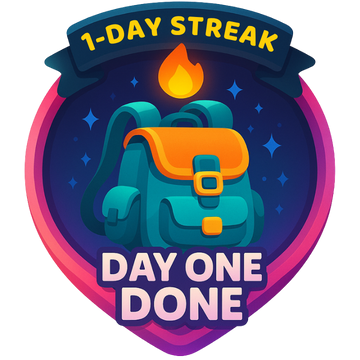Hi Kasra, our instructors use multiple Organic Chemistry textbooks and of course they studied these concepts while getting their degrees.
Was there a specific part or example in the video that didn't make sense?


Replied on Lesson: Constitutional (Structural) Isomers
Replied on Lesson: Functional Groups
Replied on Lesson: Resonance and Arrow Pushing
Replied on Lesson: Resonance and Arrow Pushing
Replied on Practice Problem: Ranking Resonance Contributors and Drawing Resonance Hybrids
10 Oct 10:02
Kasra Chaharlang We use several textbooks, authors include: Klein or Wade or Janice Smith.